6 Must-Try Japanese Foods for Beginners Beyond Sushi and Ramen

Introduction
When people think of Japanese food, sushi, and ramen often come to mind. While these dishes are undoubtedly popular and delicious, there is so much more to Japanese cuisine than just these two items. In this blog post, we will explore six must-try Japanese foods for beginners that go beyond sushi and ramen. We will discuss each dish in detail and provide tips on where to find them in Japan. Let's dive in!Overview of Japanese cuisine and common misconceptions
Japanese cuisine is known for its fresh ingredients, delicate flavors, and beautiful presentation. It is a cuisine that values simplicity, balance, and harmony. However, there are many misconceptions about Japanese food, such as the belief that it is all raw fish and seaweed. While these ingredients are certainly part of the cuisine, they are not the only ones. Japanese cuisine also includes a variety of meats, vegetables, noodles, and rice dishes.Another misconception is that Japanese food is difficult to make at home. While some dishes may require special ingredients or equipment, many can be made with everyday items found in your local grocery store. With a little practice, anyone can become proficient in making delicious Japanese meals.
6 Must-Try Japanese Foods for Beginners
Okonomiyaki

Takoyaki

Tonkatsu

Yakitori

Onigiri

Udon

Conclusion
Summary of the 6 Japanese foods to try beyond sushi and ramen
In conclusion, Japanese cuisine offers a wide variety of delicious dishes that go beyond sushi and ramen. From savory pancakes to grilled chicken skewers, there is something for everyone to enjoy. The six must-try Japanese foods for beginners are okonomiyaki, takoyaki, tonkatsu, yakitori, onigiri, and udon. Each of these dishes offers a unique taste and texture that is sure to satisfy your taste buds.Encouragement to step out of comfort zone and explore Japanese cuisine
If you are new to Japanese cuisine, we encourage you to step out of your comfort zone and give these dishes a try. You may discover new flavors and ingredients that become your favorites. Visiting Japan is an excellent opportunity to immerse yourself in the country's culinary culture, but you can also find many of these dishes at Japanese restaurants in your city. Don't be afraid to experiment with cooking Japanese food at home, as well. With a little practice and an open mind, you'll soon be enjoying a delicious taste of Japan in the comfort of your kitchen.Additional Tips for Enjoying Japanese Food
When trying Japanese food for the first time, it's essential to approach the experience with an open mind and a willingness to try new things. Here are some tips to help you get the most out of your Japanese culinary adventure:- Ask for recommendations: If you're not sure what to order, don't hesitate to ask the restaurant staff for their suggestions. They will likely be more than happy to help you find a dish that suits your tastes.
- Be adventurous: Be willing to try dishes and ingredients that you may not be familiar with. You might just find a new favorite!
- Take your time: Many Japanese dishes are meant to be savored slowly, so take your time to fully enjoy the flavors and textures of each dish.
- Pair with beverages: Traditional Japanese beverages like sake or green tea can help enhance the flavors of your meal. Don't be afraid to ask for pairing suggestions from the restaurant staff.
- Learn basic etiquette: Familiarize yourself with basic Japanese dining etiquette, such as proper chopstick usage, before your meal. This will help you feel more comfortable and confident as you enjoy your food.
Expanding Your Japanese Culinary Horizons
Once you've tried these six must-try Japanese foods for beginners, you may find yourself wanting to explore even more of Japan's diverse culinary offerings. Here are some additional dishes and food experiences to consider as you delve deeper into the world of Japanese cuisine:- Kaiseki Ryori: This traditional multi-course meal is a true culinary experience and showcases the best of Japanese ingredients and culinary techniques.
- Soba: These thin, buckwheat noodles are another popular Japanese dish often served in a flavorful broth or chilled with a dipping sauce.
- Shabu Shabu: A hot pot dish where diners cook thinly sliced meat and vegetables in a simmering broth at the table, then dip them in accompanying sauces.
- Omurice: A fusion dish that combines rice, usually seasoned with ketchup or soy sauce, and a thin, omelette-like layer of egg. Often served with a side of gravy or tomato sauce.
- Donburi: Rice bowls topped with a variety of ingredients such as meat, fish, or vegetables, making for a simple yet satisfying meal.
- Japanese confections: Satisfy your sweet tooth with traditional Japanese desserts like mochi, dorayaki, or matcha-flavored treats.
Japanese Food at Home: Building Your Pantry and Kitchen Essentials
If you're inspired to try your hand at making Japanese dishes at home, it's important to build a well-stocked pantry with essential ingredients and kitchen tools. Here are some staple items to have on hand:- Condiments and sauces: Soy sauce, mirin, rice vinegar, sesame oil, miso paste, and dashi
- Rice and noodles: Japanese short-grain rice, udon noodles, soba noodles, and ramen noodles
- Dried goods: Panko breadcrumbs, sesame seeds, potato starch, cornstarch, Japanese seven spice, and nori seaweed
- Fresh ingredients: Green onions, tofu, ginger, root vegetables, mushrooms, eggs, and your choice of meats and seafood
With these essential ingredients and tools on hand, you'll be well-prepared to start experimenting with Japanese recipes at home. As you gain confidence in your cooking skills, you can continue to explore new ingredients and techniques to create even more delicious and authentic Japanese dishes.












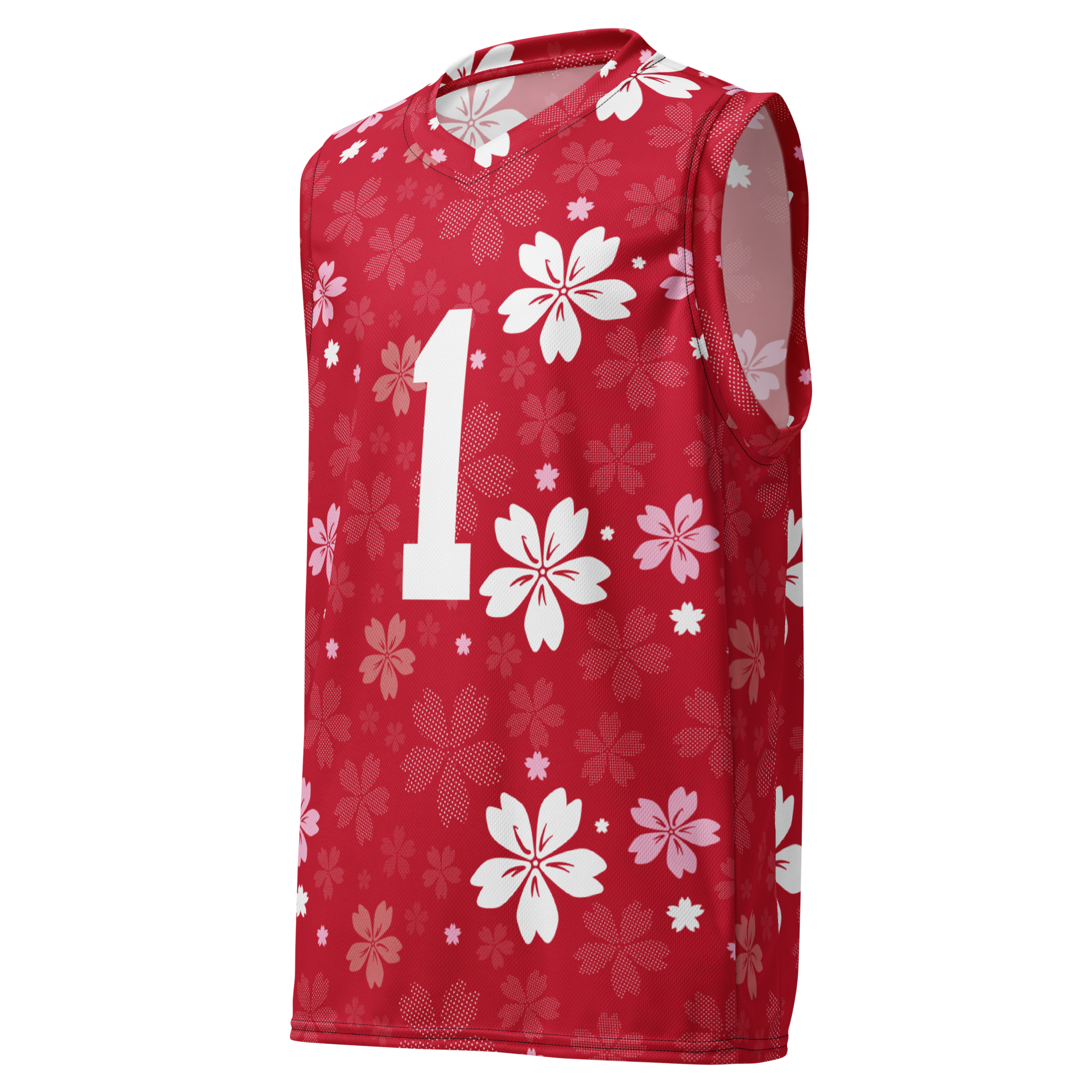
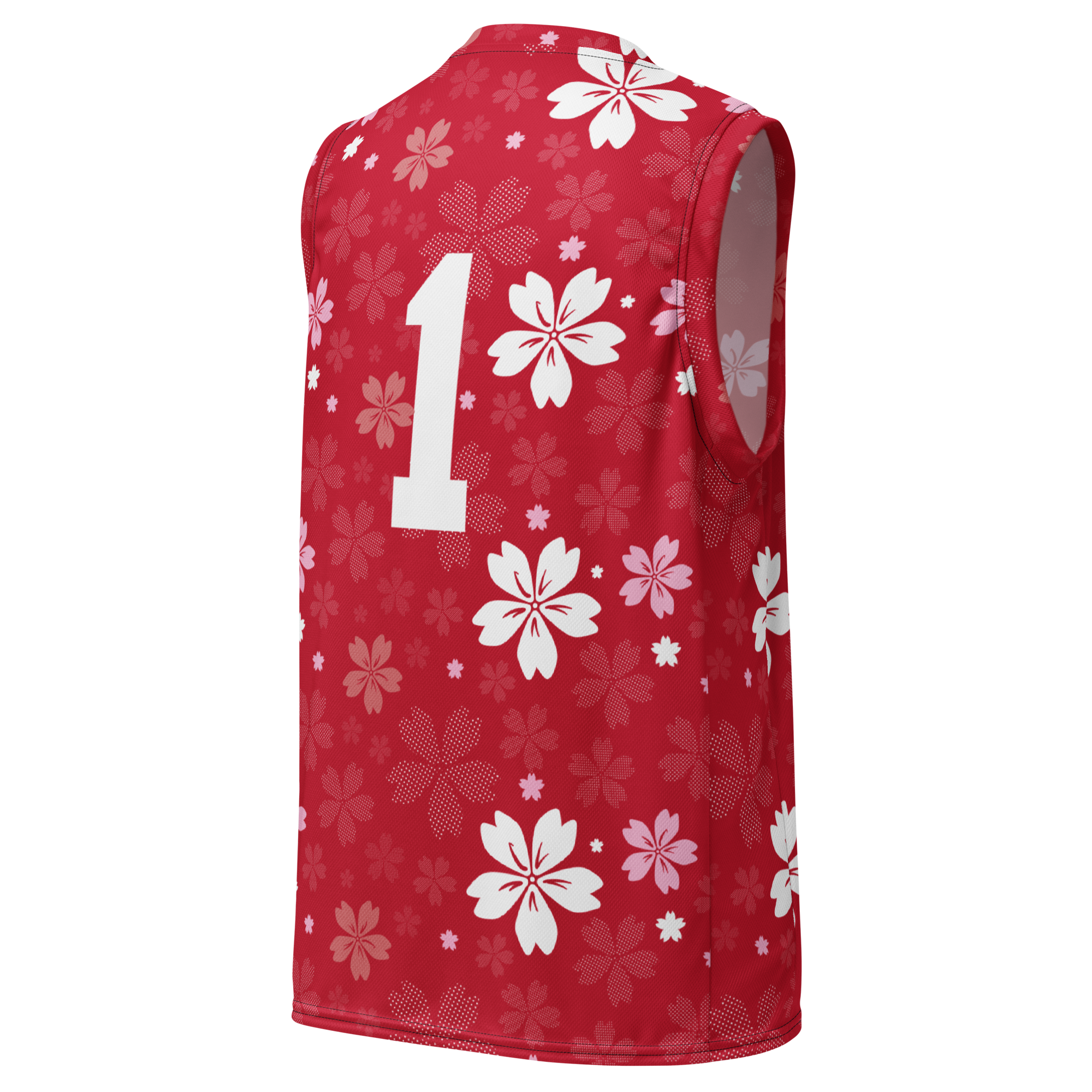









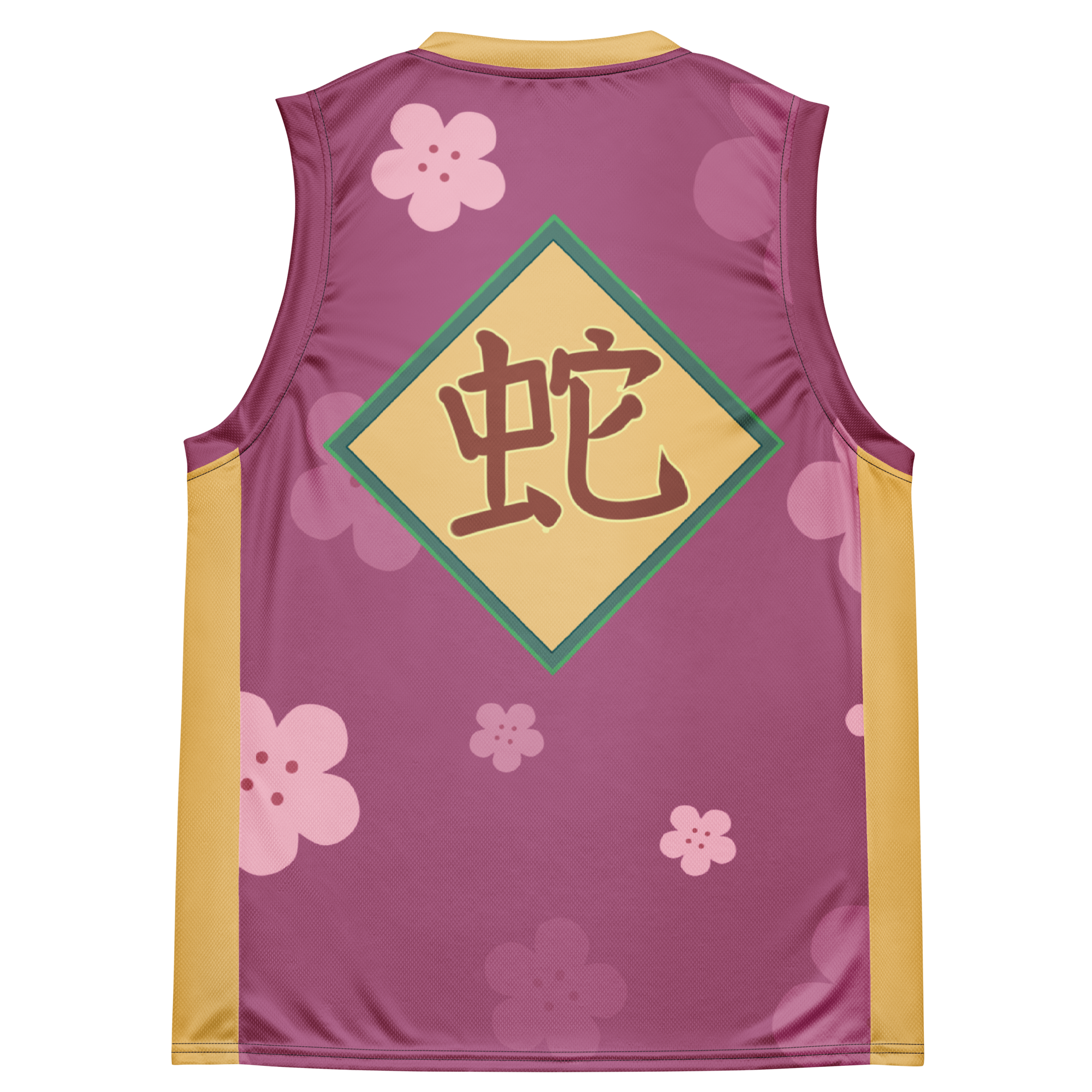
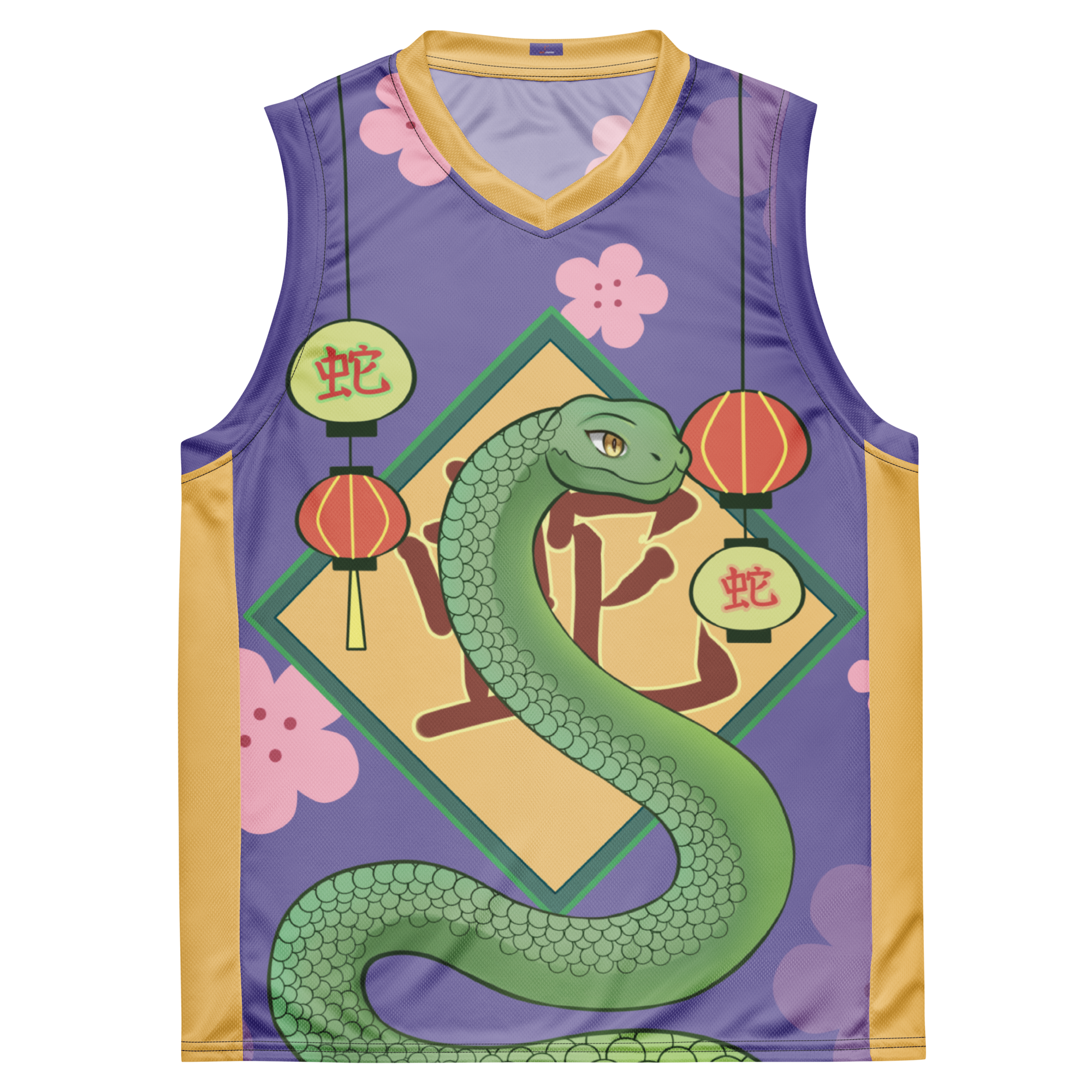
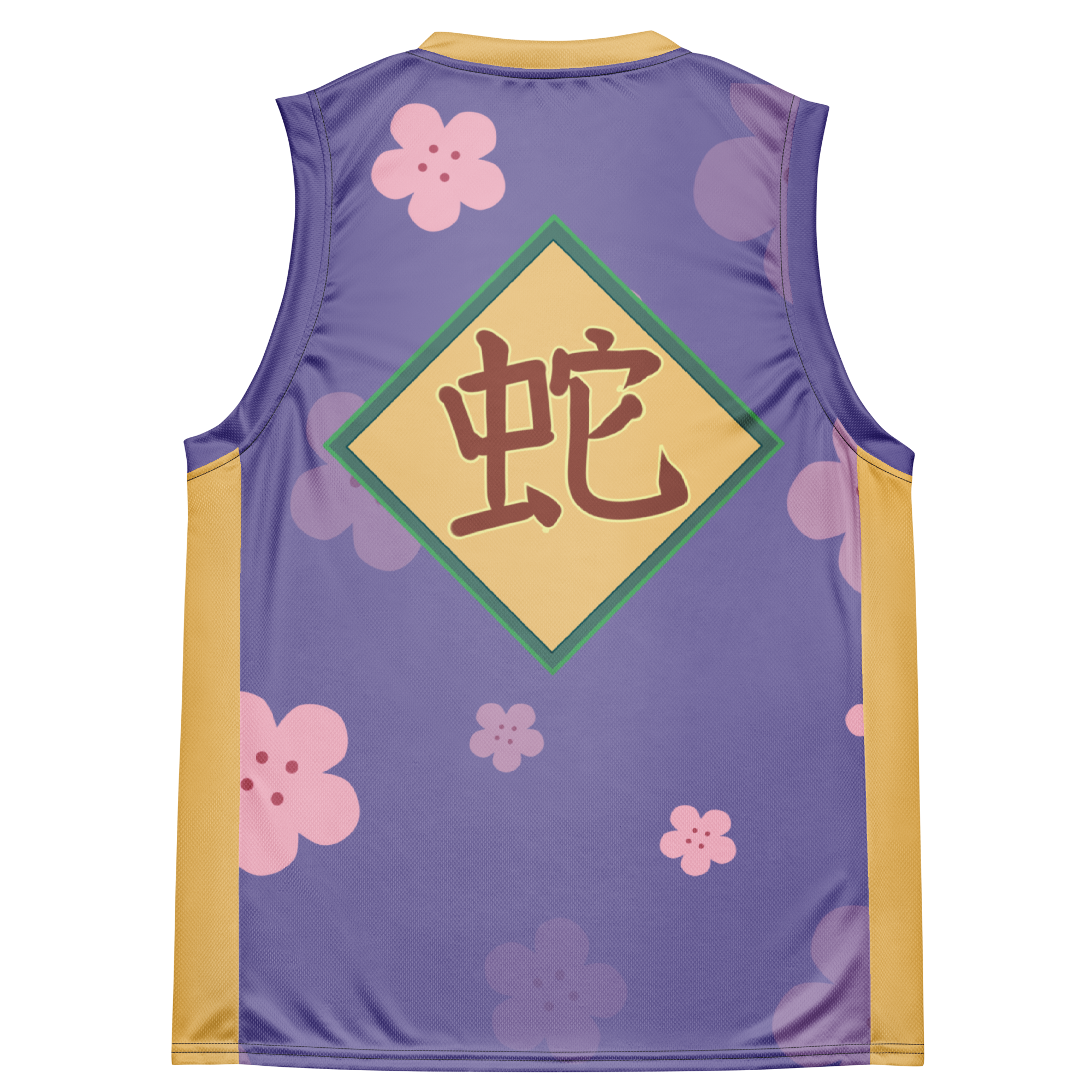

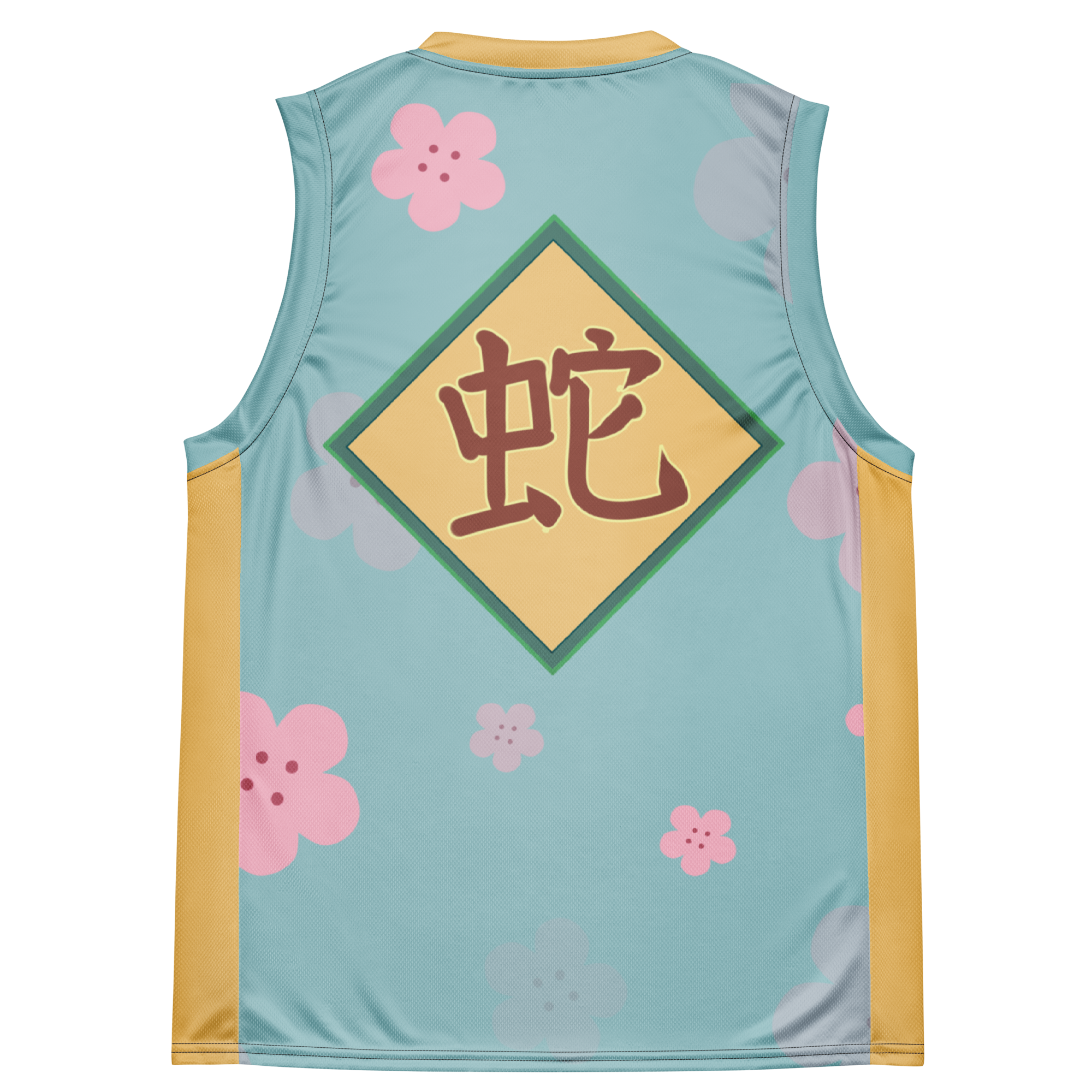














Dejar un comentario